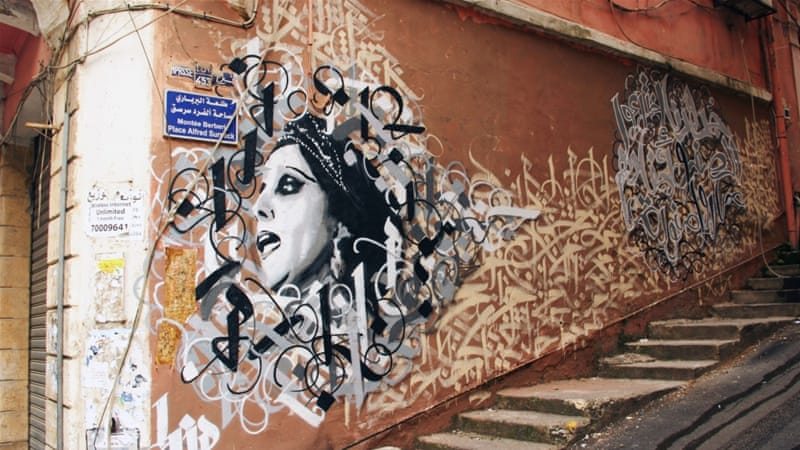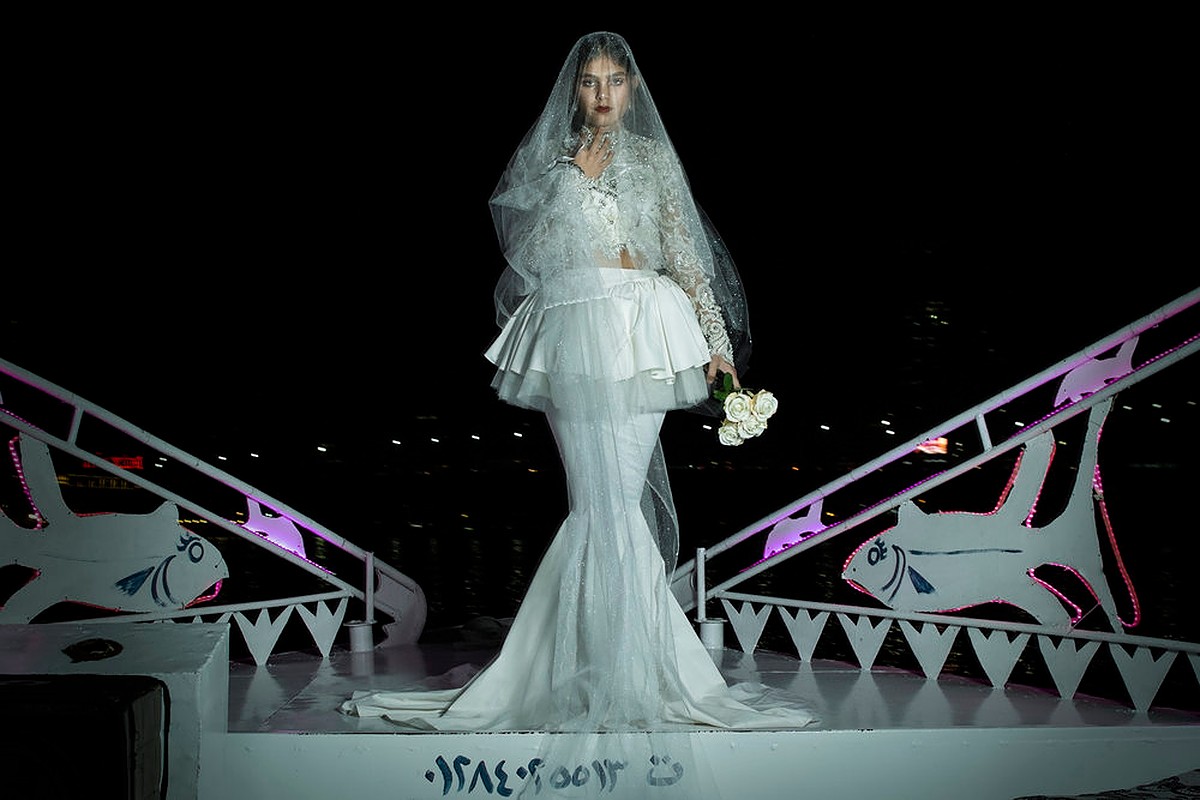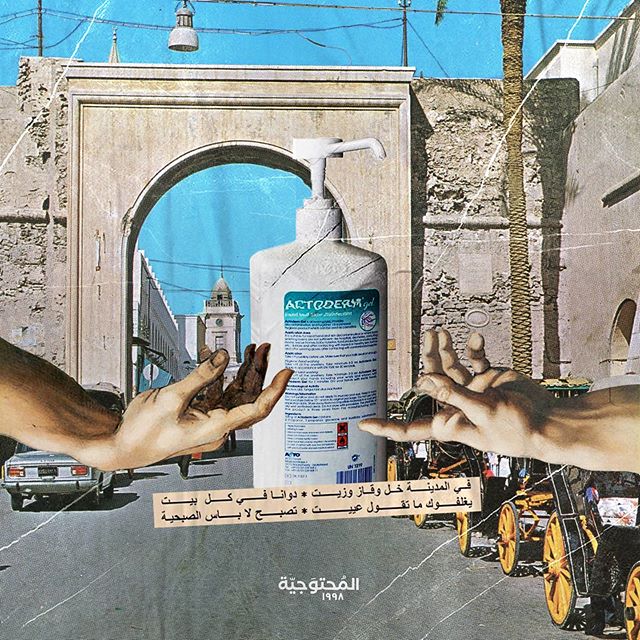In May two Beirut-based organizations, the Arab Fund For Arts and Culture (Afac) and Culture Resource (Al Mawred Al Thaqafy), launched a $1 million dollar fund to support cultural institutions struggling to survive in Lebanon.
The country is currently experiencing the worst financial crisis in its history with its currency losing 70% of its value against the Dollar since October 2019. Anti-corruption protests, which began late last year, led to the toppling of Prime Minister Saad Hariri and his government in December. The coronavirus crisis has worsened the country’s economic woes with almost half of the country’s population thought to be living below the poverty line.
The economic crisis limits the income citizens have to spend on leisure activities, including cultural endeavors. Earlier this year, Beirut’s Metropolis Empire Sofil cinema was closed down due to a lack of funds. The art-house cinema was the home of screenings, festivals, and events in the capital for more than a decade.
With economic stress continuing and the country’s banks limiting access to US dollars, many artists and organizations are unable to access much needed funds. In addition, artistic institutions, many of which rely on revenues from ticket sales, have been forced to close due to COVID-19.
Much needed support
Grants offered by Afac and Culture Resource will vary in value between $20,000 – $80,000 and can be spent on whatever the winning organizations deem necessary. Afac Executive Director Rima Mismar says, “We do not expect these organisations, at this point in time, to actually have a full strategy or vision on how they will adapt to the situation.”
This flexibility will allow organizations to cover essential costs, such as staff salaries and rent, whilst planning how to engage with communities in the post-COVID-19 world. In addition to the support given to organizations, both Afac and Cultural Resource are operating region-wide funds to support individual artists.
Cultural Resource aims to support 40 individual artists unable to earn a living at the moment through their Be With Art grant. In June, Afac launched its own regional scheme to sponsor up to 150 artists with $3,000 each.
Hope remains for the art scene
Despite the struggles artists and cultural institutions are facing, Culture Resource Managing Director Helena Nassif remains hopeful for the future of the arts in Lebanon. She suggests the crisis in Lebanon has provided opportunity for reflection on “the value system we carry and the role of the arts in contributing to creating and imagining a better or different kind of society.”
Mismar seconds this, adding, “There are definitely challenges and negative impacts. At the same time, it does somehow open a moment to think of things differently. This is where aligning immediate needs with longer-term strategies needs to be balanced well.”
In spite of current difficulties, creative projects are continuing in Lebanon. Earlier this year, Beirut-based artist Abed Al-Kadiri launched “Cities Under Quarantine: The Mailbox Project.” The project saw 50 hand-stitched books sent to 50 Middle Eastern artists around the world, with participants asked to use the books to create art and document the crisis.
Al-Kadiri hopes to publish a collection of the artists’ work in the future.





